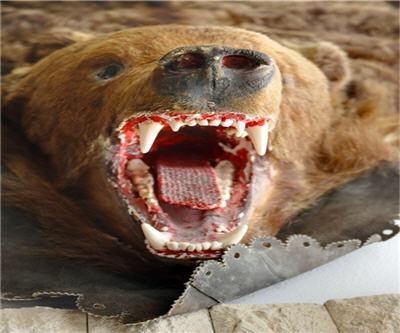Ugly end to bearish week for gold

The price of December gold fell by as much as $26 an ounce to touch $1,716 on Friday, capping the precious metal’s worst weekly performance in several months.
Gold closed out the September quarter with its biggest quarterly gain since 2010 boosted by the open-ended third round of quantitative easing in the US, but after again failing to breach the psychologically important $1,800 level sellers stepped in.
The yellow metal has also been hurt by positive economic data coming out of the US, which means a quicker end to QE3 than expected. QE increases gold’s allure as a hedge against inflation amid currency depreciation.
Traders are now worrying that without a clear catalyst to push prices higher, gold will continue to drift lower in the coming weeks.
MarketWatch quotes Julian Phillips, South Africa-based founder of GoldForecaster.com:
“Fear of the future in the U.S. and in the euro-zone (fiscal cliff and debt crisis) is an undercurrent in all markets, including precious metals. Gold may slip below $1,700 for a brief time, before rebounding.”.
Kitco News spoke to Ralph Preston, principal with Heritage West Financial:
“The failed breakout above $1,800 about two weeks ago shifted market momentum back to the bear camp. Barring an outside event, gold prices are poised to test and possibly penetrate the $1,690-$1,715 support zone. I would need to see prices rally all the way back over $1,775 to (be) bullish/long again.”
Reuters quotes Frank McGhee, head precious metals trader of Integrated Brokerage Services:
“People who rushed in for QE expecting to get a significant lift are getting out of the market. The longer we don’t make a new high, the more people start getting nervous about where gold is trading.”
More News
{{ commodity.name }}
{{ post.title }}
{{ post.date }}

Comments